30 Classic Cooking Tips Grandma Always Swore By
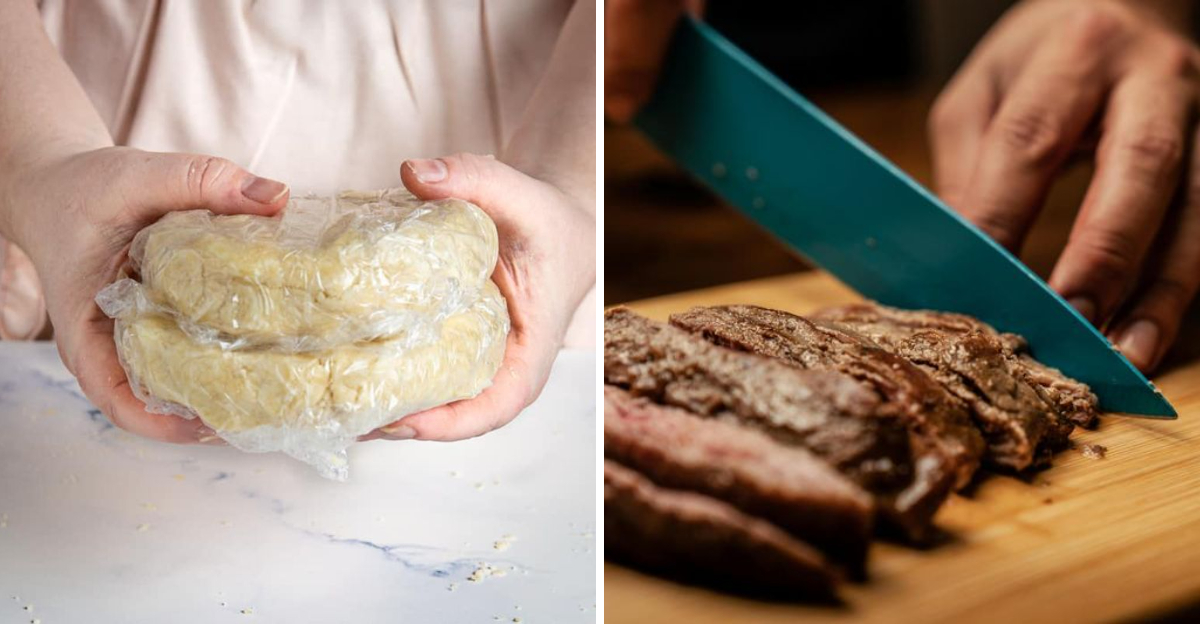
They didn’t come from YouTube—they came from years of real kitchen wisdom. Your grandma didn’t need fancy gadgets or viral hacks to whip up unforgettable meals. Her secrets came from experience, intuition, and good old-fashioned know-how passed down through generations. These timeless tips still hold up today—whether you’re just learning to cook or want to level up your comfort food game.
1. Always taste as you go
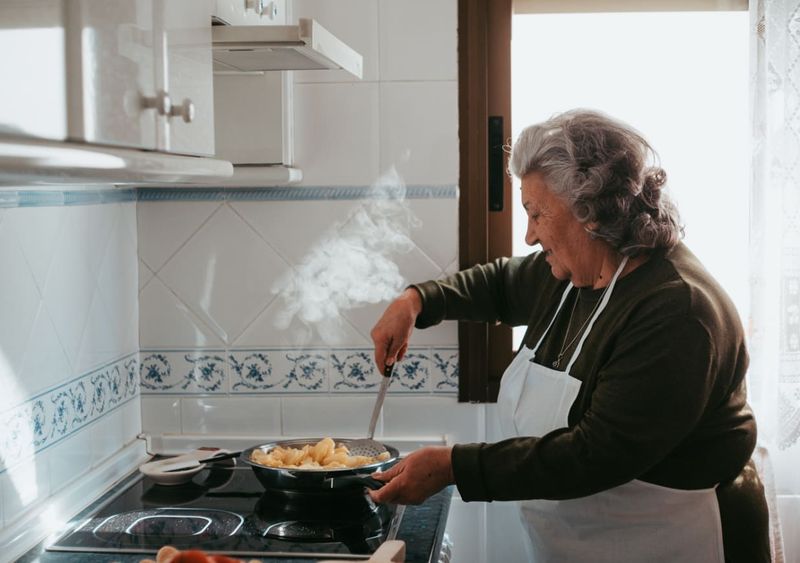
Grandma always had a knack for adjusting flavors on the spot. Her secret? Continual tasting. Rather than relying solely on recipes, she trusted her palate, ensuring each dish was perfectly seasoned.
Her ability to tweak a dish’s flavors on the fly was truly remarkable. A pinch of salt here, a dash of pepper there, and voilà! Sometimes, she’d even call for a grandchild’s opinion, nurturing their culinary curiosity.
It wasn’t just about the taste but the shared experience of creating something delicious together.
2. Let meat rest before slicing
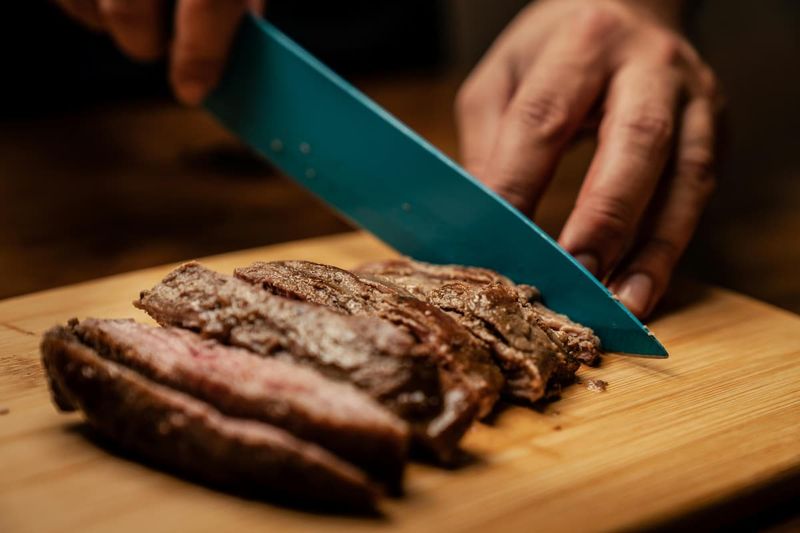
Patience was a virtue Grandma practiced religiously, especially with meat. Before slicing into a roast or steak, she’d let it rest, allowing juices to redistribute.
This extra time ensured every bite was succulent and full of flavor. Her kitchen wisdom, passed down through generations, made meals memorable.
Even during bustling family gatherings, she’d remind everyone of this important step. It wasn’t just a culinary tip but a lesson in patience and savoring the moment.
3. Don’t crowd the pan
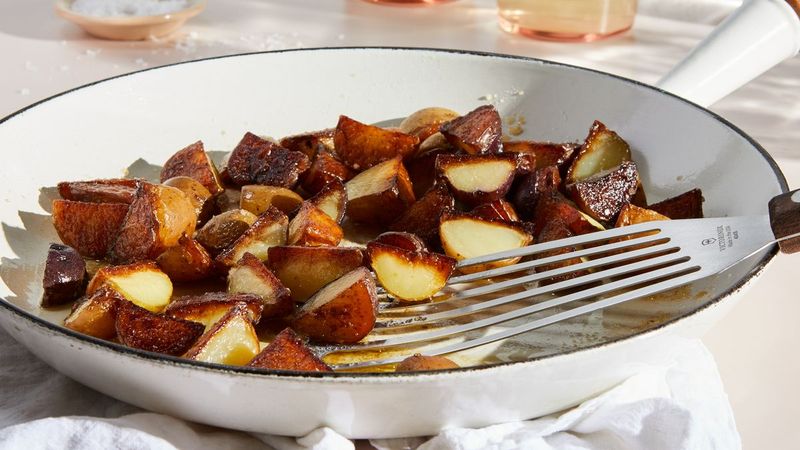
Grandma’s crispy potatoes were legendary, and her secret was simple: give them space. Overcrowding led to steaming, not browning.
Each slice needed room to sizzle, turning golden and delicious. This tip was her go-to for achieving perfect texture, whether frying potatoes or cooking chicken.
Her advice extended beyond the kitchen, teaching us the importance of patience and precision. It was never just about cooking; it was about doing it right.
4. A pinch of sugar balances acidity
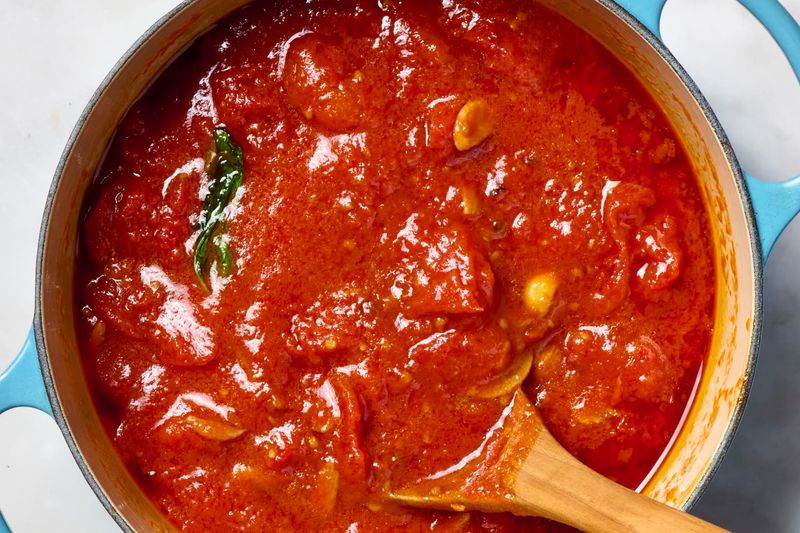
Who knew sugar could be such a culinary hero? Grandma did. In her kitchen, a pinch of sugar was the secret weapon against overly acidic dishes.
Especially in tomato sauces or dressings, it brought harmony, weaving flavors into a perfect tapestry. It was never about sweetness but balance.
Her culinary intuition turned simple meals into masterpieces, teaching us that even the smallest adjustments could have the greatest impact.
5. Butter makes everything better
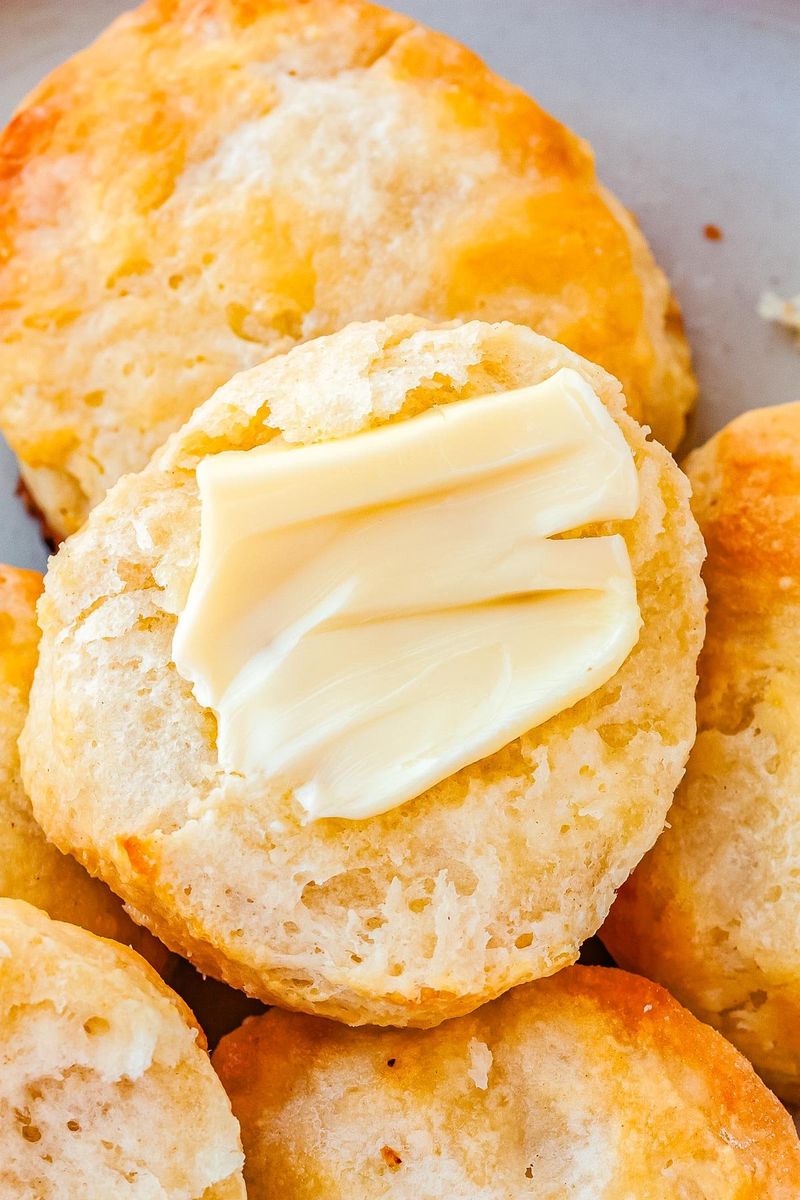
Butter was Grandma’s magic touch. Whether melting over veggies, enriching gravies, or baking biscuits, it was her culinary secret.
She believed in its power to enhance flavors and bring comfort to a dish. Her kitchen always smelled of butter, a scent synonymous with love.
Her philosophy was clear: when in doubt, add butter. It was more than an ingredient; it was a tradition, passed down with warmth and affection.
6. Save your bacon grease
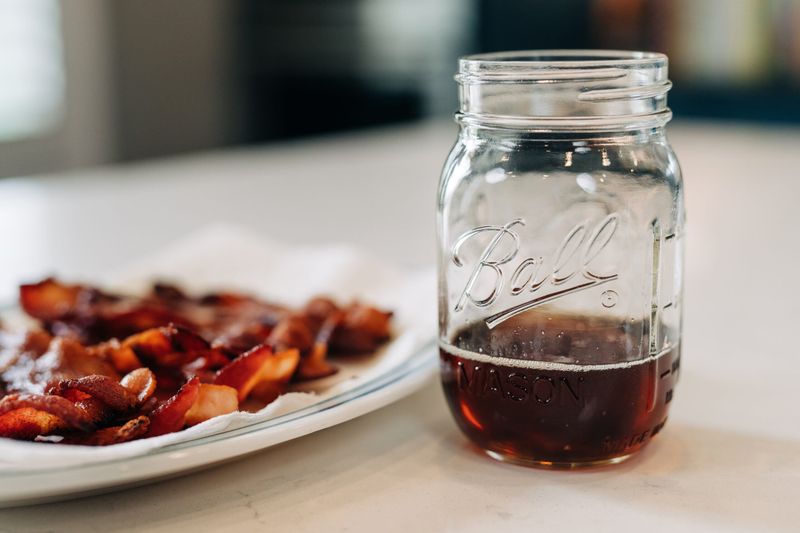
To Grandma, bacon grease was liquid gold. Instead of discarding it, she’d save every drop in a jar, ready to transform the simplest dishes.
Frying eggs or greens in bacon grease elevated their flavors, adding a savory richness that was unmistakably Grandma’s signature.
This tradition taught us to appreciate the resources we had, instilling a sense of creativity and resourcefulness in the kitchen.
7. Use a cast iron skillet
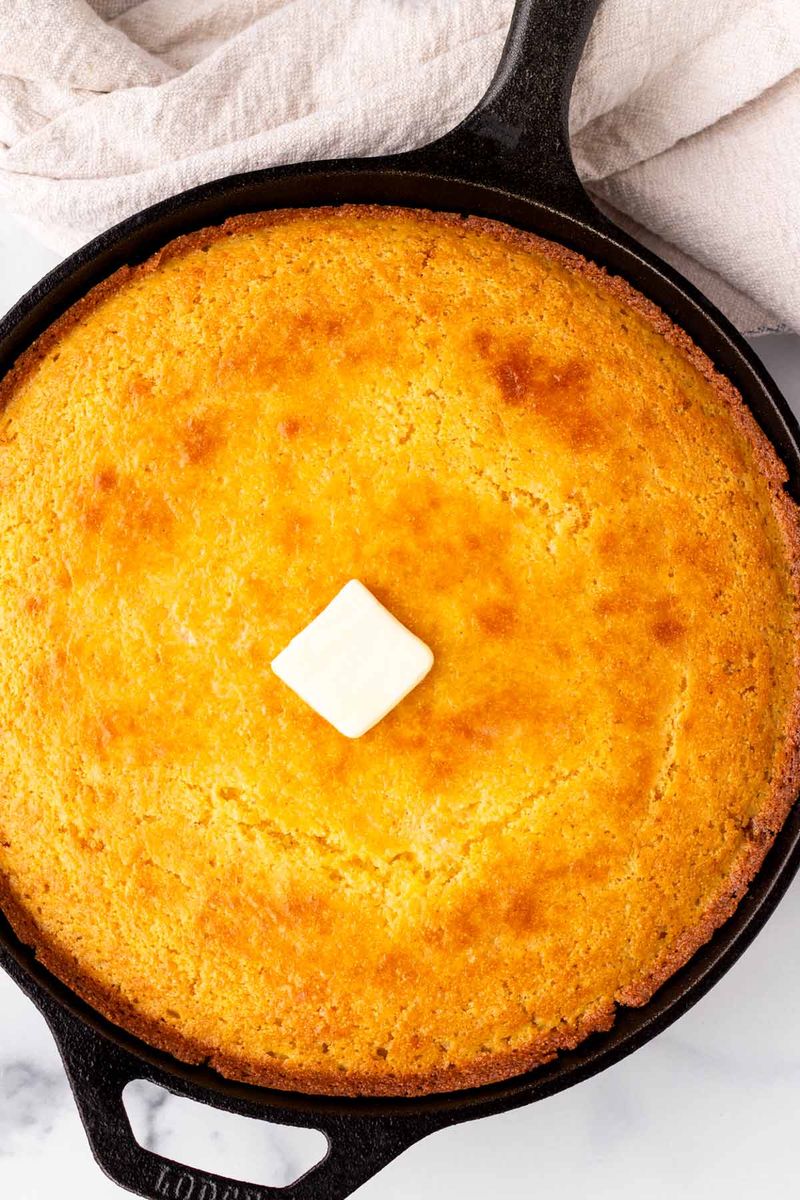
Grandma’s cast iron skillet was a trusted friend. Its versatility was unmatched, perfect for crafting everything from cornbread to fried chicken.
Generations of meals seasoned it to perfection. Its durability symbolized her commitment to quality, and its heat retention ensured even cooking.
This wasn’t just a skillet; it was a culinary heirloom, passed down with stories of family and feasts, binding us to our heritage.
8. Never skip the “low and slow”
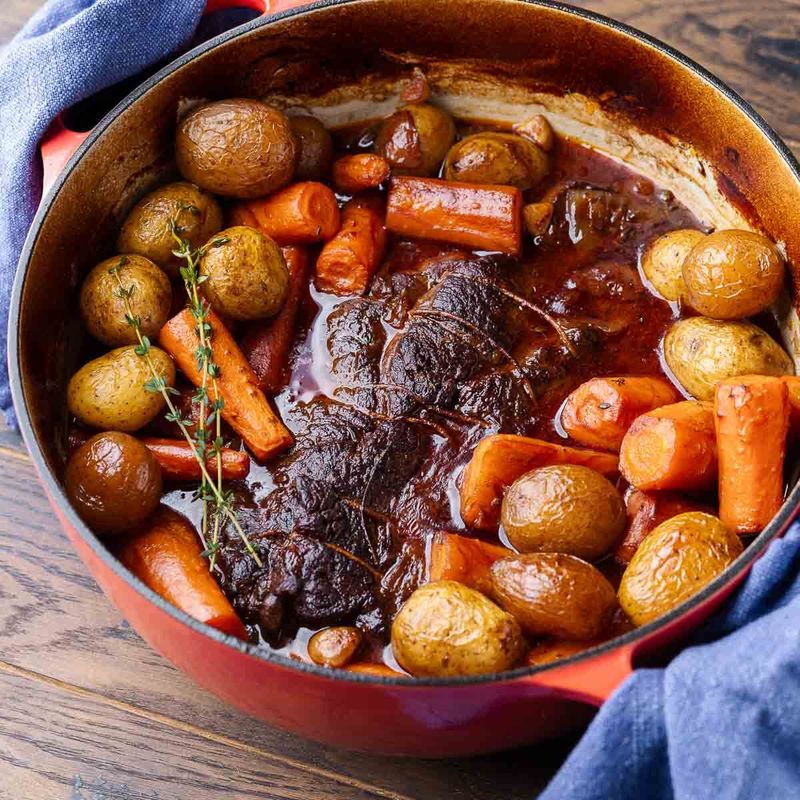
Patience in the kitchen was Grandma’s forte. She believed good things took time, especially pot roast and stew.
Her “low and slow” method coaxed deep flavors, turning tough cuts tender and succulent. The aroma of a long-simmering dish was her promise of a hearty meal.
This technique was more than cooking; it was a metaphor for life. Patience, care, and dedication led to richly rewarding results.
9. Cook with your senses, not just the clock
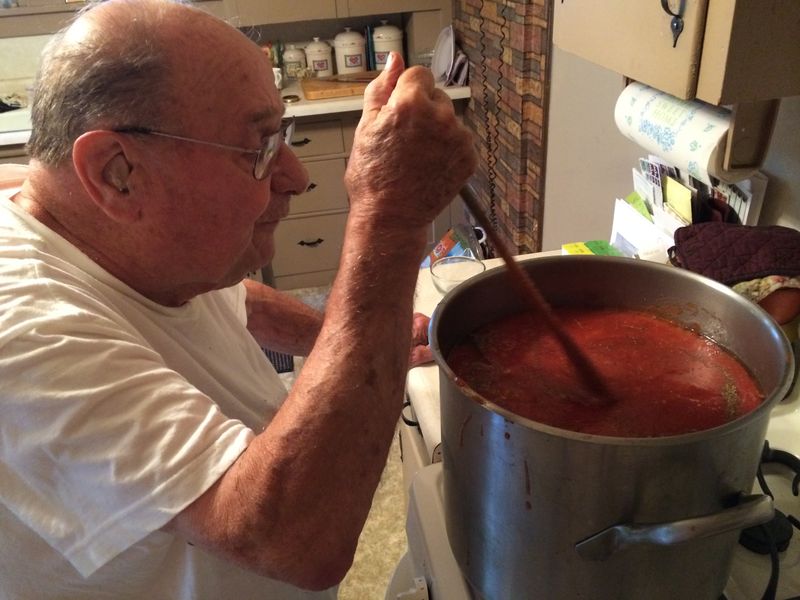
Grandma’s kitchen was a symphony of senses. She believed cooking was about intuition, not just timers.
Her ears tuned to sizzles, her nose to aromas, and her fingers to textures. She knew when something was done by feel, sight, and smell.
This sensory approach made her dishes extraordinary, blending instinct with skill, and teaching us to trust our own culinary instincts.
10. Salt your pasta water like the sea
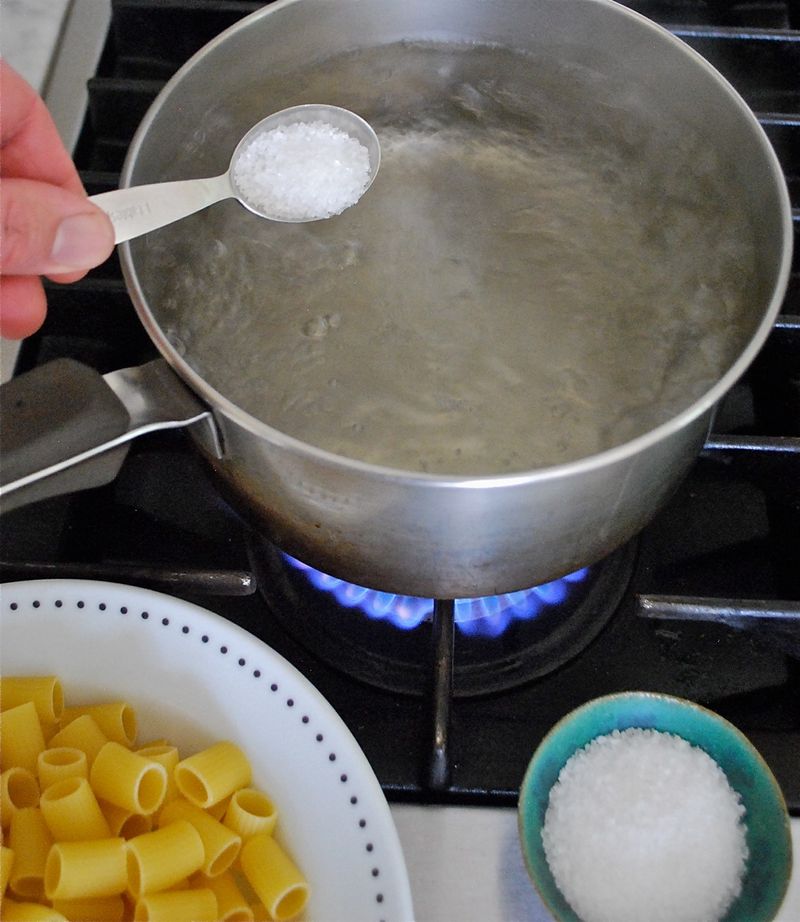
To Grandma, bland noodles were unforgivable. Her solution? Salt the pasta water generously, like the sea.
This simple step infused the pasta with flavor from within, ensuring every bite was delightful. It was a small detail, but one with a big impact.
Her attention to such nuances taught us that excellence was in the details, both in cooking and in life.
11. Use the good vanilla
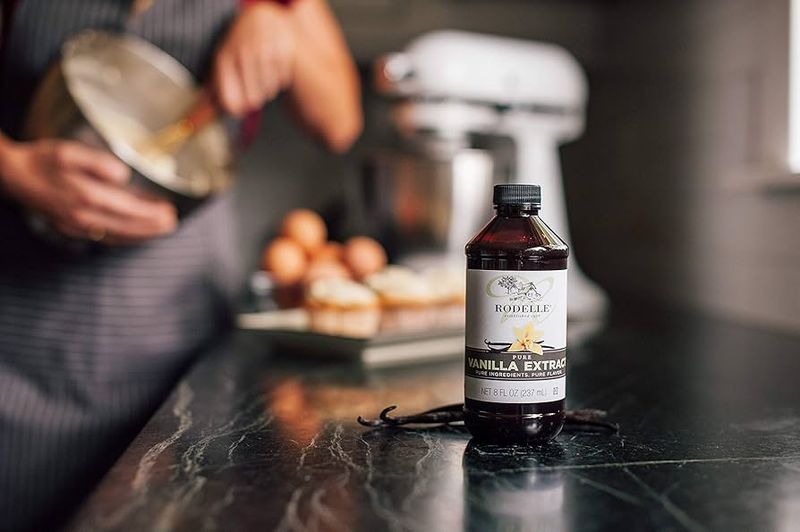
Grandma never compromised on flavor, and imitation vanilla had no place in her kitchen. She insisted on the real deal.
Its rich aroma elevated cakes, cookies, and puddings to new heights, a testament to her commitment to quality.
This choice was about more than flavor; it was about values. She taught us to choose quality ingredients, because they made all the difference.
12. Keep your flour in the freezer
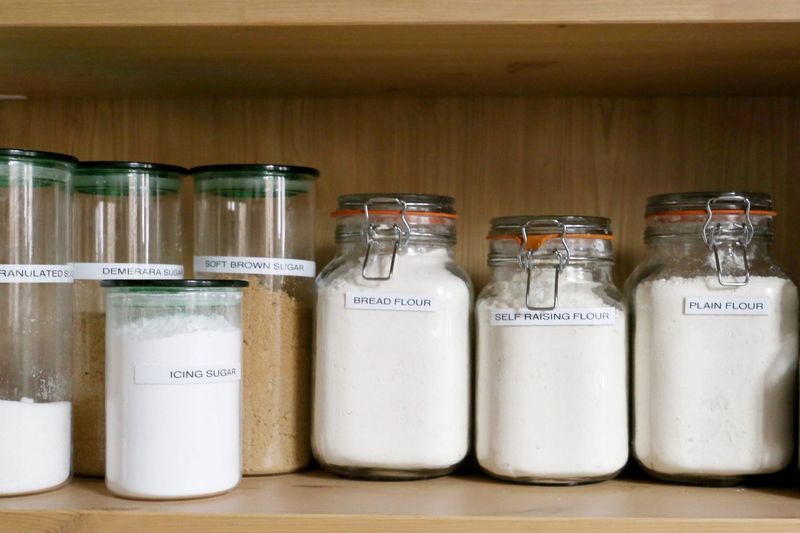
Grandma’s baking was legendary, and her secret was simple: frozen flour. It prevented clumping and extended shelf life.
This method ensured her cakes and cookies were consistently perfect, with a light texture and delightful crumb.
Her practical approach to storage taught us to think ahead, preserving the quality of our ingredients and, in turn, our creations.
13. Chicken soup cures more than colds
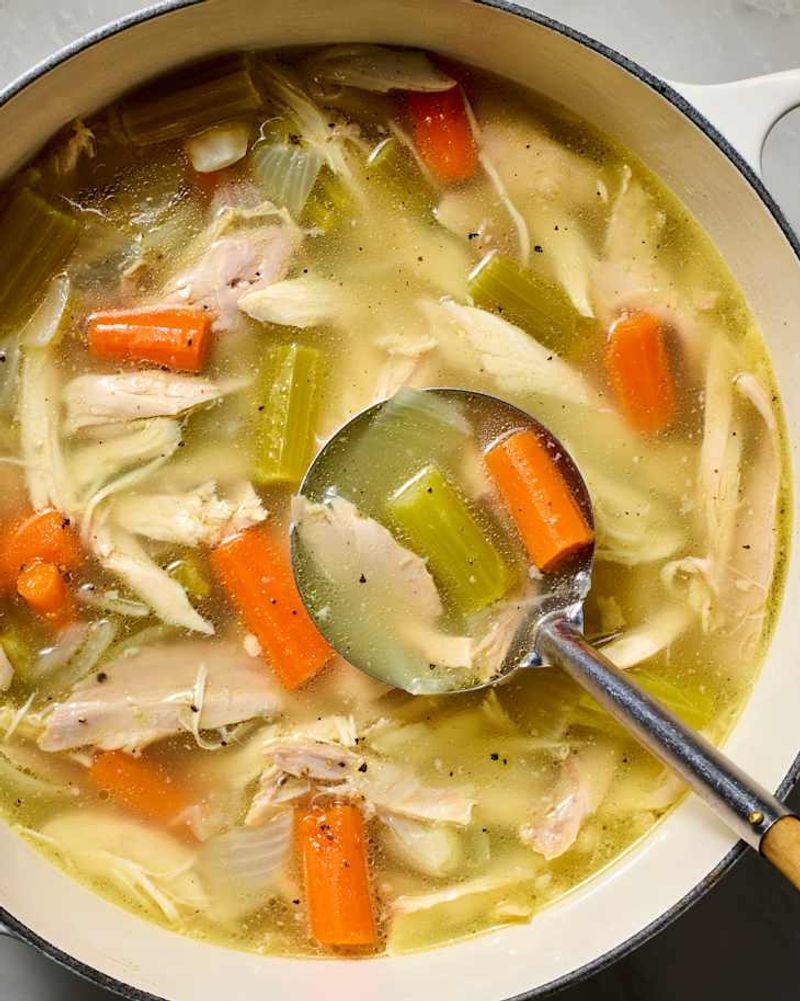
In Grandma’s kitchen, chicken soup was more than sustenance; it was comfort. Its warmth offered solace on cold days or during illness.
A pot simmered with care, filled with tender chicken, hearty vegetables, and love. Each spoonful was a balm for the soul.
This tradition, shared over generations, was her way of nurturing us, a reminder that food could heal both body and spirit.
14. A wooden spoon never fails you
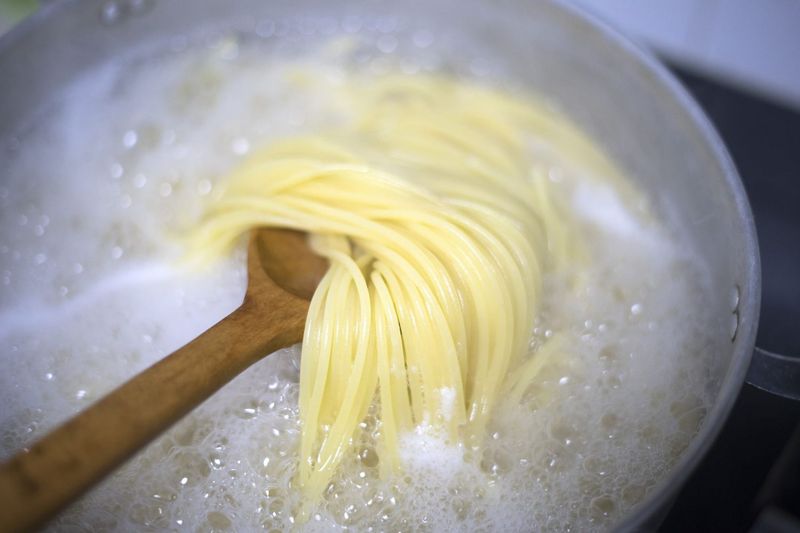
Simple yet indispensable, Grandma’s wooden spoon was her trusted companion. It stirred soups, folded dough, and never scratched her pans.
Its durability and versatility made it a kitchen staple, and its presence was a constant in her culinary adventures.
This practical tool taught us that sometimes the simplest solutions were the best, both in cooking and in life.
15. Room temperature ingredients bake better
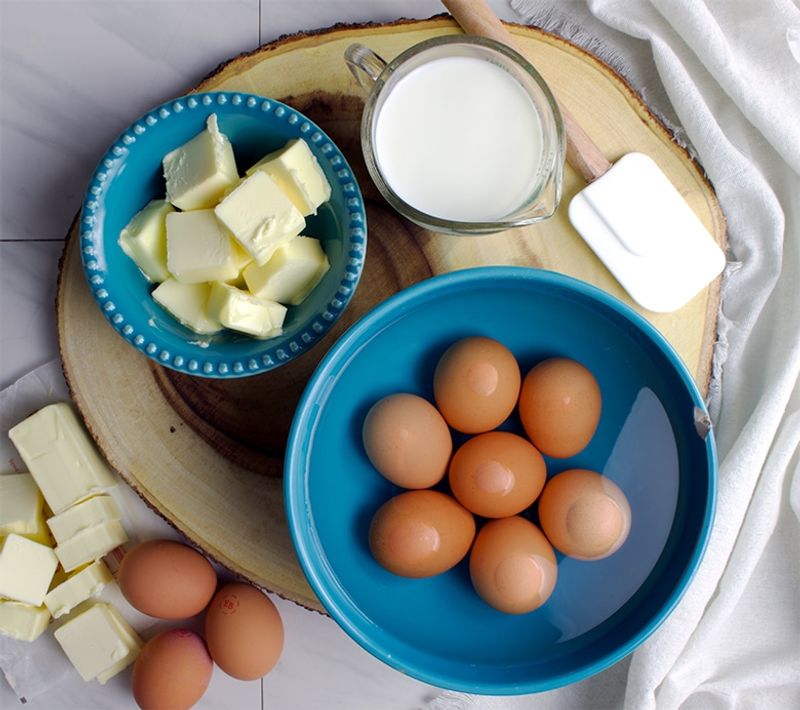
Perfect baking relies on harmony, and Grandma knew the secret: room temperature ingredients. Eggs, butter, and milk combined more evenly, creating a cohesive batter.
This attention to detail resulted in baked goods with perfect texture and flavor, a testament to her baking prowess.
Her insistence on this small step taught us that patience and precision led to perfection in both the oven and beyond.
16. Clean as you go
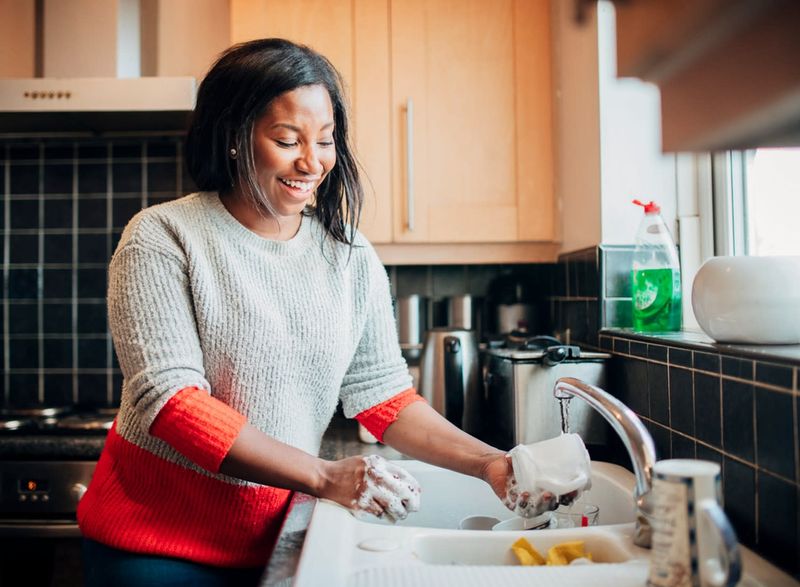
Grandma’s kitchen was a model of discipline, and her mantra was simple: clean as you go. She never left a mess behind.
By tidying up during cooking, she ensured a smooth workflow, minimizing chaos and maximizing efficiency.
This practice taught us the value of discipline and organization, skills that extended far beyond the kitchen walls.
17. Simmer, don’t boil, your gravy
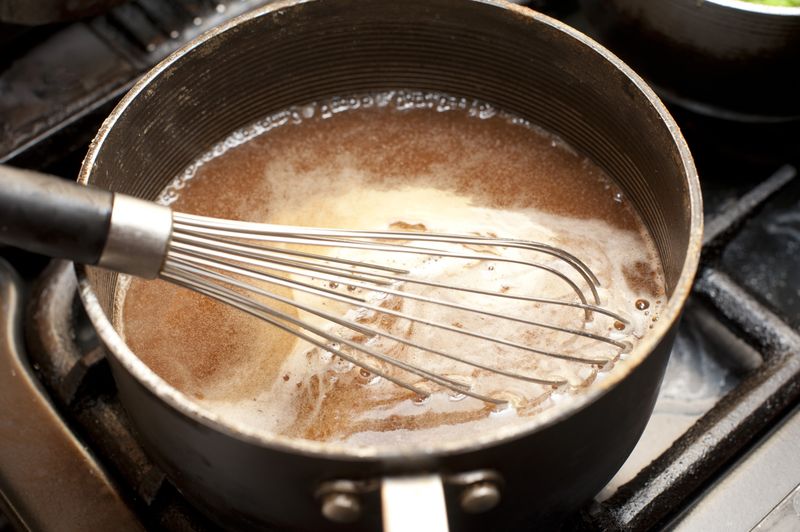
Gravy perfection was Grandma’s specialty, and her secret was patience. Simmering, not boiling, was key to smooth, lump-free gravy.
This gentle approach prevented burning and ensured a velvety texture, enhancing every dish it accompanied.
Her meticulous method was a lesson in care and attention, yielding results that were consistently delightful.
18. Leftovers make the best meals
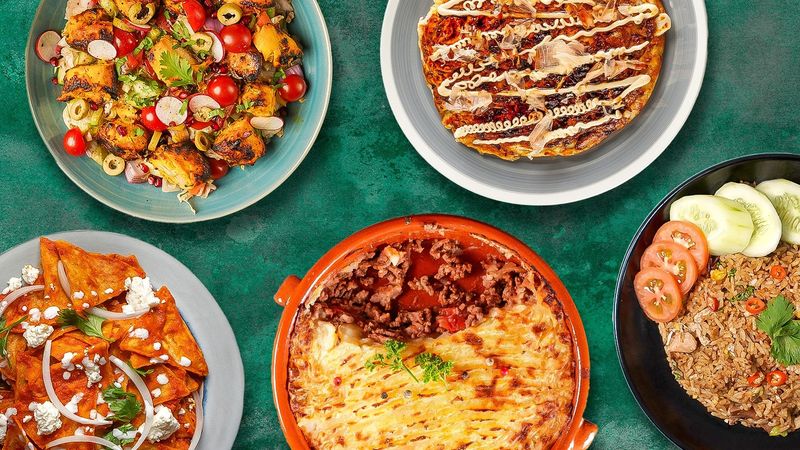
To Grandma, leftovers were treasures, not trash. Creativity thrived as she transformed yesterday’s meals into today’s delights.
A meatloaf sandwich, soup from scraps—nothing went to waste in her kitchen. Her resourcefulness inspired culinary innovation.
This practice of reinvention taught us to value what we had, finding joy in turning the ordinary into something extraordinary.
19. Let your bread rise in a warm oven (turned off)
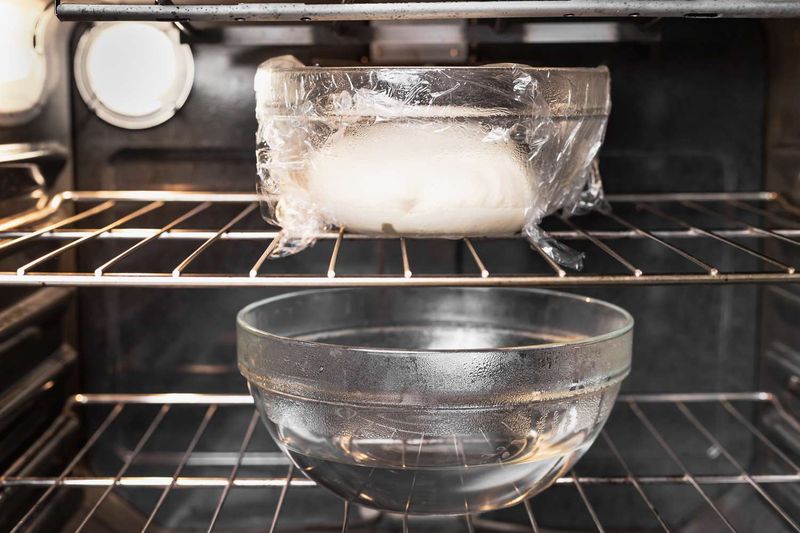
Cold kitchens were no match for Grandma’s bread-making skills. Her trick? Let dough rise in a warm, turned-off oven.
This cozy environment ensured optimal yeast activation, resulting in fluffy, perfectly risen loaves every time.
Her innovative solution showed us how to adapt and overcome, mastering the art of breadmaking with a little ingenuity.
20. Always keep onions and potatoes on hand
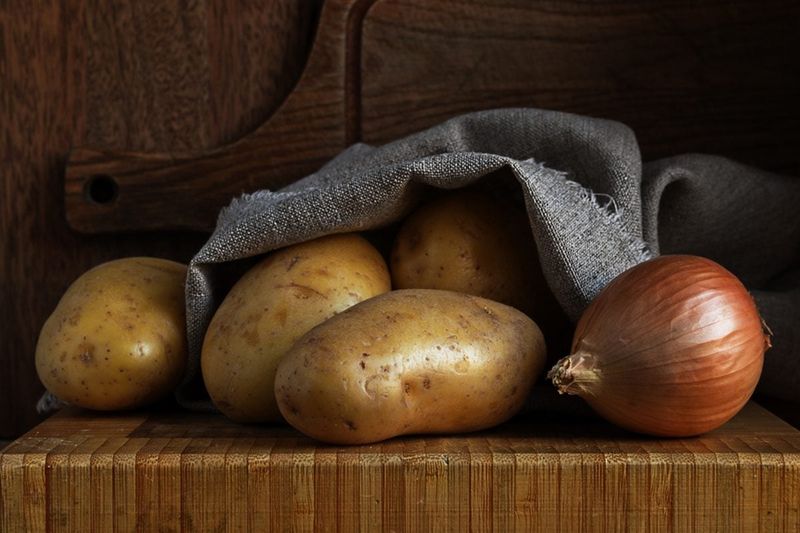
In Grandma’s kitchen, onions and potatoes were staples, ready to anchor countless meals. Their versatility was unmatched.
From soups to stews, or roasted and mashed, they provided a base for creativity and comfort in cooking.
Their constant presence was a reminder of the value of simple, reliable ingredients, forming the backbone of her culinary creations.
21. Lard has its place
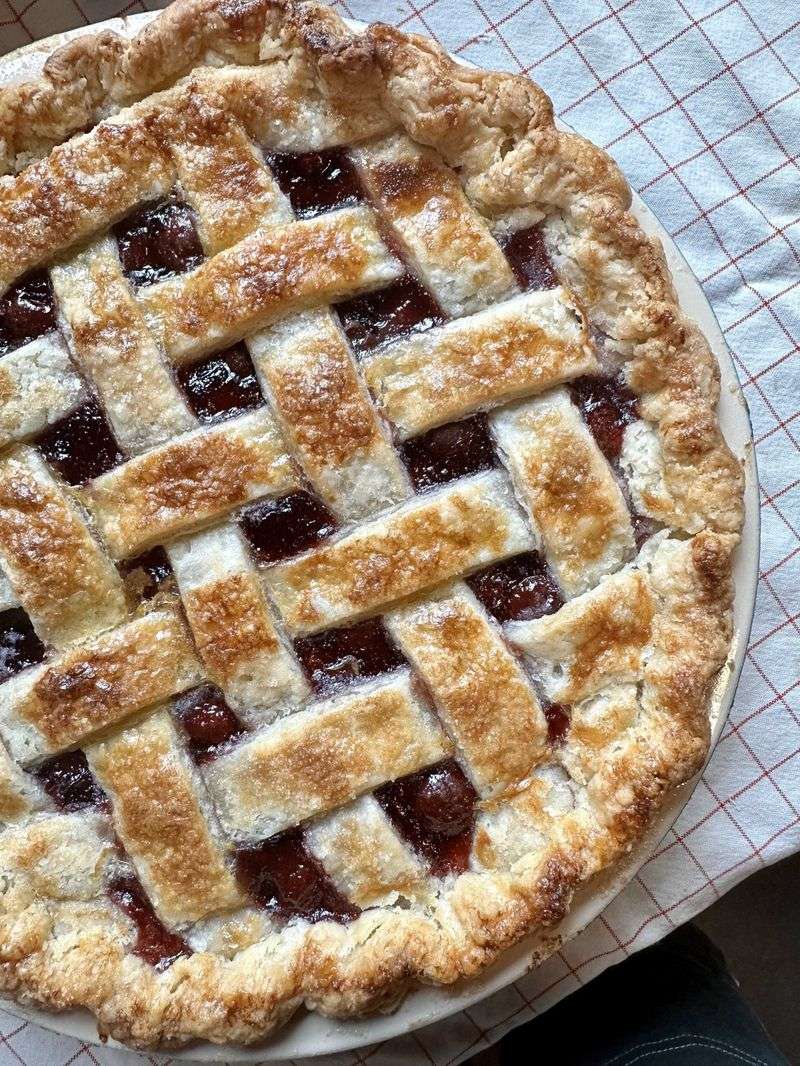
Grandma wasn’t afraid of flavor, and lard was her secret for the flakiest pie crusts and crispiest fried chicken.
Its richness brought texture and depth to her dishes, creating mouthwatering results that were unmistakable.
This unapologetic use of lard taught us to embrace traditional methods, understanding that sometimes the old ways were the best ways.
22. A splash of vinegar brightens a dull dish
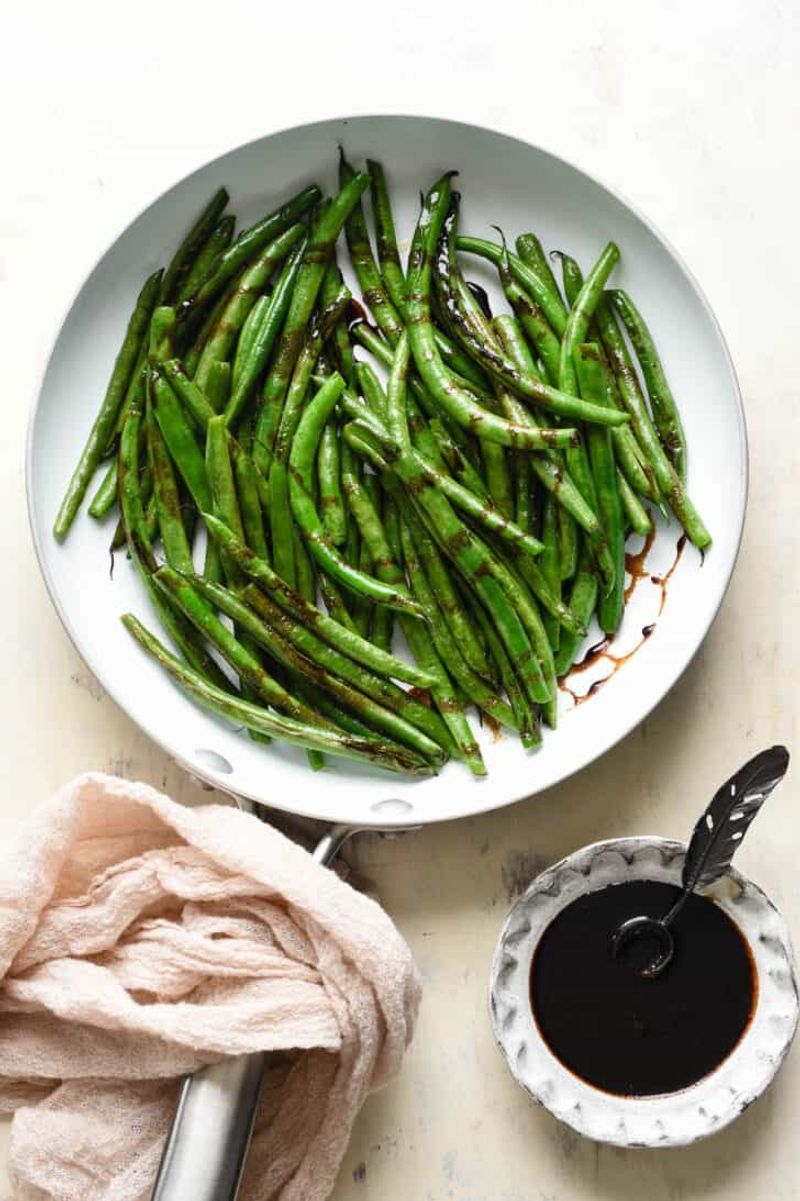
A splash of vinegar in Grandma’s kitchen was like sunshine on a cloudy day. It brightened greens, soups, and beans with a zesty lift.
Its tangy, refreshing quality transformed dishes, turning ordinary into extraordinary with ease.
Her knack for balancing flavors taught us that the right touch could elevate any meal, adding a spark of excitement to every bite.
23. Season every layer
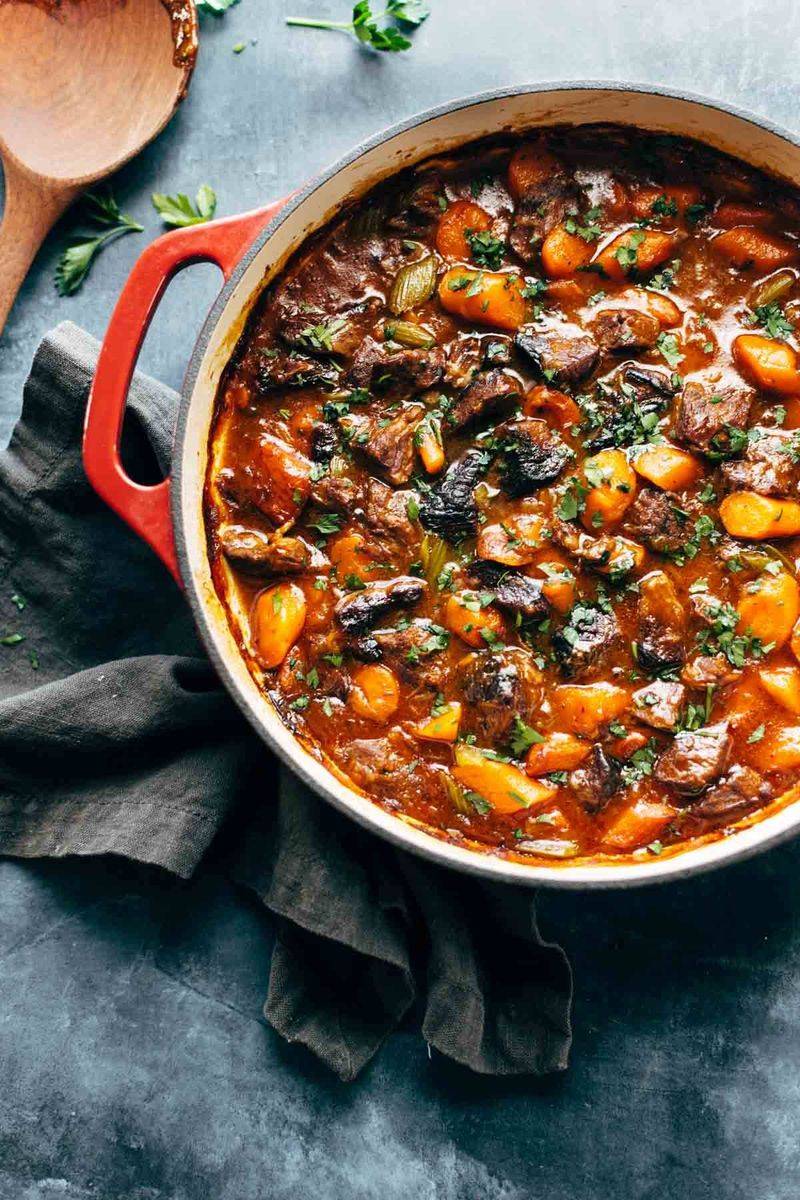
Layered seasoning was Grandma’s culinary art form. She believed in building flavor with every step, not just at the end.
This meticulous approach ensured dishes were rich and full-bodied, a testament to her mastery of taste.
Her method taught us the value of attention to detail, creating meals that were harmonious and satisfying.
24. Brown food tastes better
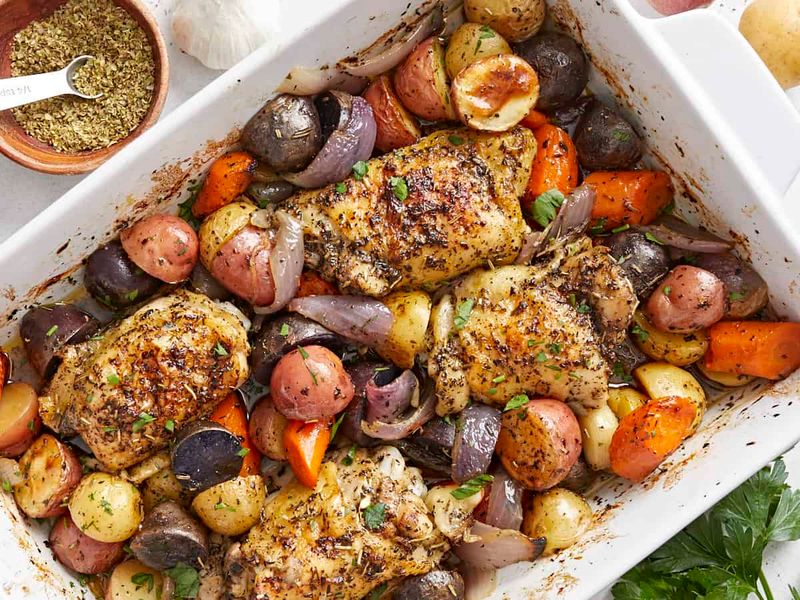
Grandma had a saying: “Brown food tastes better.” The searing, caramelizing, and crisping transformed simple ingredients into flavor-packed delights.
Her golden-brown chicken and vegetables were always a hit, a testament to her culinary wisdom.
Her belief in this technique highlighted the magic of the Maillard reaction, where science and flavor met in delicious harmony.
25. Buttermilk makes everything tender
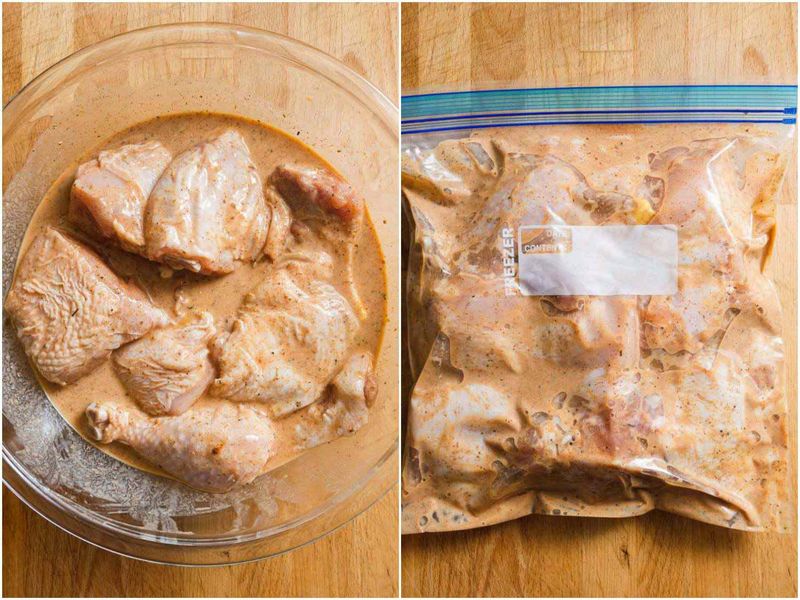
Tenderness was Grandma’s hallmark, and buttermilk was her secret weapon. From pancakes to fried chicken, its tangy richness made everything melt-in-your-mouth delicious.
Its tenderizing properties were the key to her culinary success, creating dishes that were moist and flavorful.
Her use of buttermilk taught us the transformative power of ingredients, turning the ordinary into extraordinary with a simple step.
26. Don’t throw out pickle juice
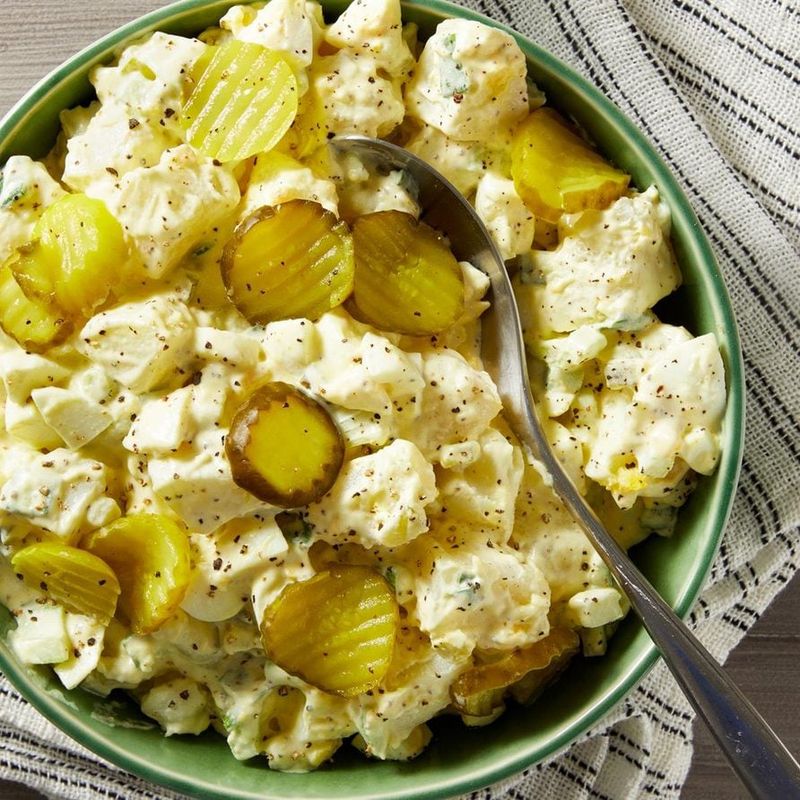
To Grandma, pickle juice was gold. Its tangy brine flavored potato salads, deviled eggs, and even brined meats with a unique zest.
This unlikely ingredient added complexity and brightness to her dishes, showcasing her inventive spirit.
Her knack for using every part of an ingredient was a lesson in creativity and sustainability, finding flavor in unexpected places.
27. Use your hands when mixing dough
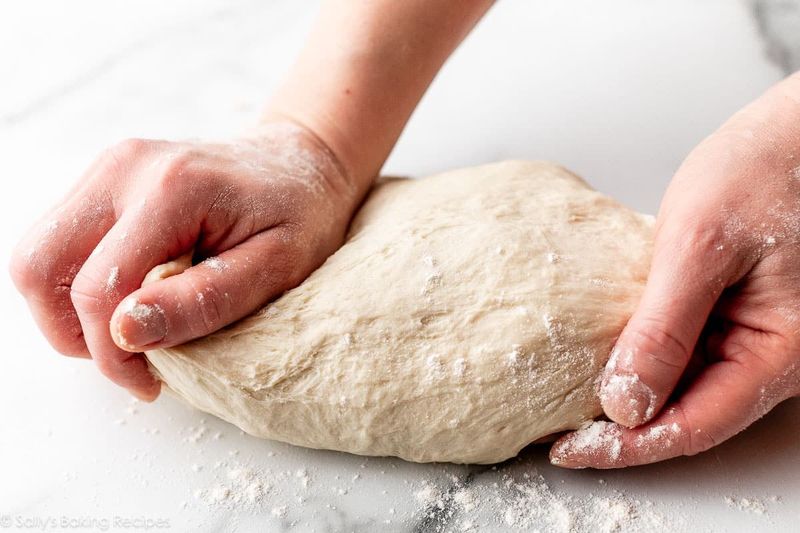
Grandma’s hands were her best tools, especially in dough-making. She felt the texture, knowing when it was just right.
This tactile approach ensured perfect bread and pastries, each with a personal touch that machines couldn’t replicate.
Her hands-on method taught us to connect with our food, bringing a sense of artistry and intuition into the kitchen.
28. Don’t rush biscuits
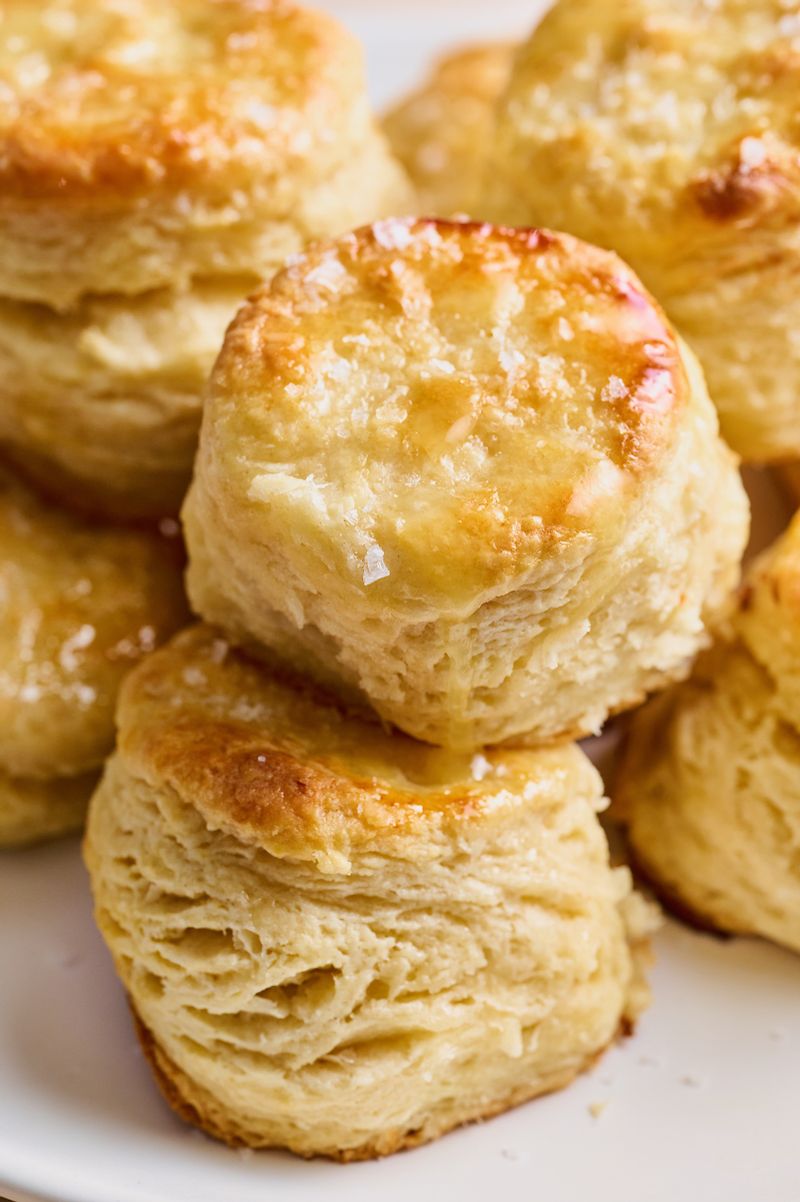
Patience was Grandma’s secret ingredient, especially with biscuits. She handled the dough gently, pressing the cutter straight down.
This careful technique ensured flaky layers and tender centers, a hallmark of her baking prowess.
Her method taught us that haste made waste, encouraging a mindful approach to creating culinary wonders.
29. Chill your pie dough before rolling
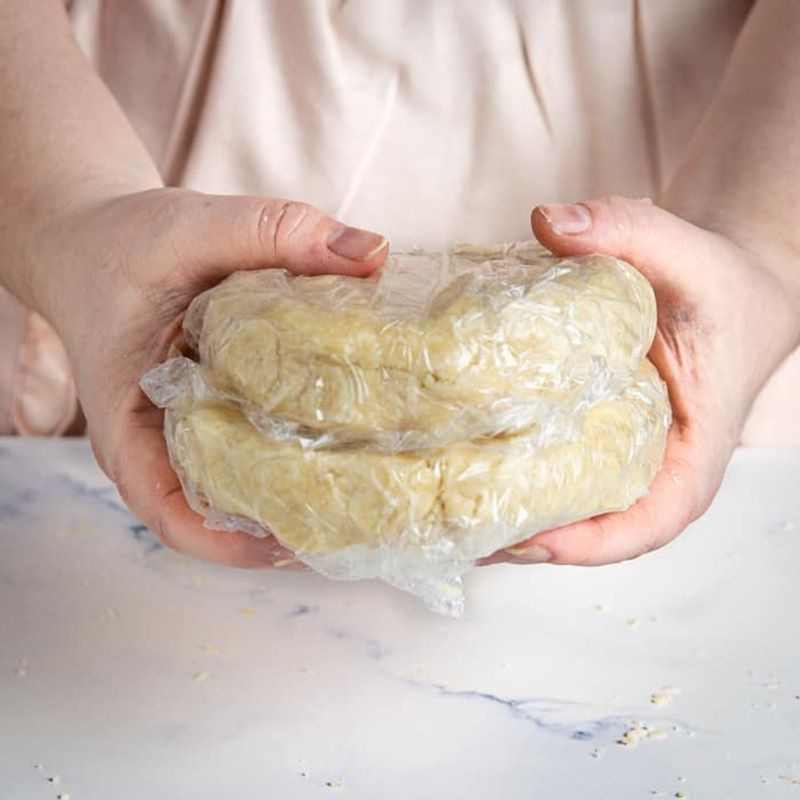
Flaky crust was Grandma’s signature, and her secret was chilled dough. Cold dough ensured those coveted layers, each bite a revelation.
Planning ahead, she wrapped and chilled her dough, ensuring a perfect bake every time.
Her meticulous preparation taught us the power of foresight, crafting desserts that were as beautiful as they were delicious.
30. Cook with love (and a little butter)
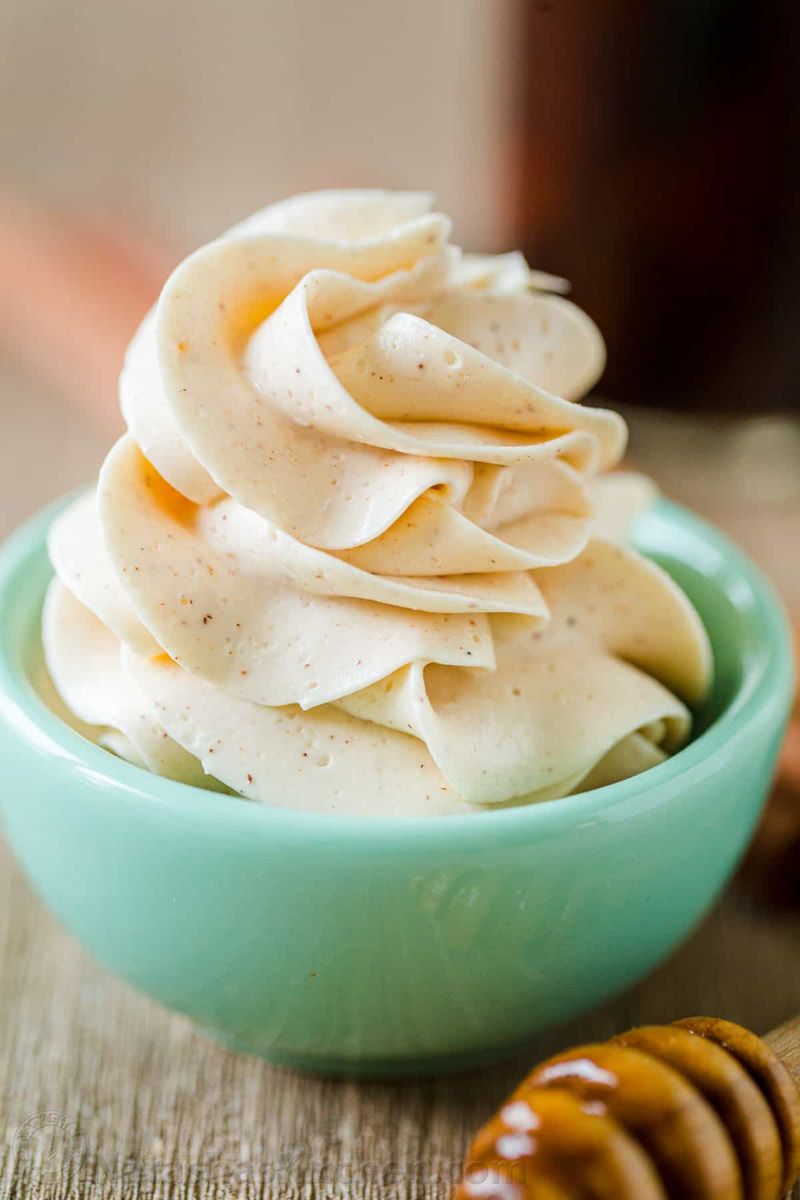
Grandma’s most important ingredient was love, and a little butter never hurt. Her dishes were infused with warmth and care.
Cooking was an expression of love, each meal a gift to those she cherished. Butter added that extra touch, elevating her creations.
This philosophy taught us the true essence of cooking: it’s not just about the food, but the love and joy shared around the table.
